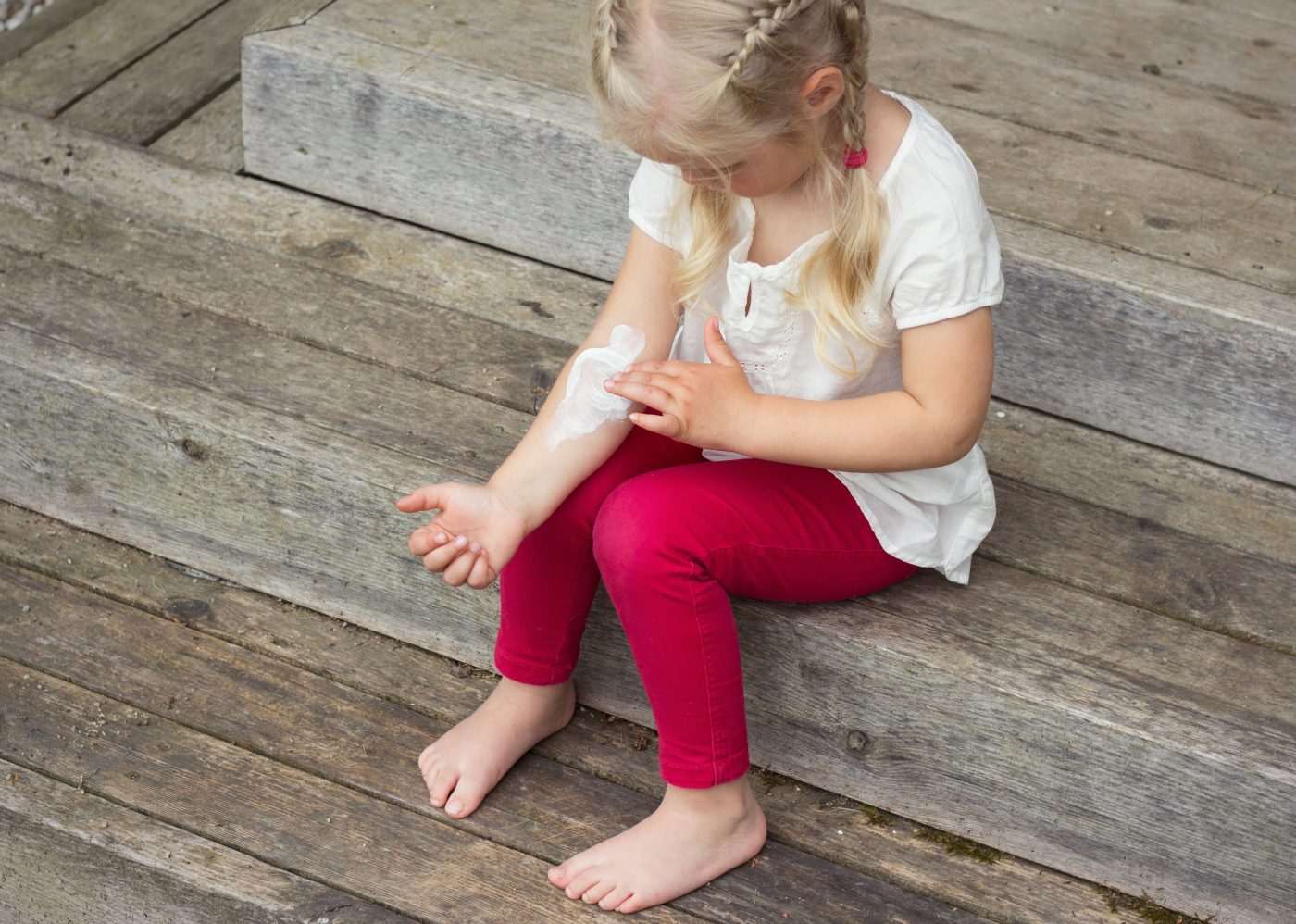Researchers Explore Skin and Oral Manifestations in Juvenile-Onset Systemic Lupus Erythematosus
Written by |

 A study published in the journal Pediatric Rheumatology highlighted the importance of recognizing skin lesions in children with juvenile-onset systemic lupus erythematosus. The study is entitled “Mucocutaneous manifestations in juvenile-onset systemic lupus erythematosus: a review of literature.”
A study published in the journal Pediatric Rheumatology highlighted the importance of recognizing skin lesions in children with juvenile-onset systemic lupus erythematosus. The study is entitled “Mucocutaneous manifestations in juvenile-onset systemic lupus erythematosus: a review of literature.”
Systemic lupus erythematosus (SLE) is a severe autoimmune disease in which the body’s own immune system overreacts and attacks healthy joints and organs. It is estimated that around 15 to 20% of SLE patients experience disease symptoms during childhood and adolescence – juvenile-onset systemic lupus erythematosus (JSLE). JSLE incidence worldwide ranges from 0.3 to 0.9 per 100,000 children per year. Females are more likely to be affected by JSLE particularly around puberty (median onset age 12.1). JSLE is usually more severe than adult SLE, with the involvement of several organs, especially the central nervous system and kidney.
JSLE patients typically have oral and skin lesions due to the disease. The American College of Rheumatology (ACR) has established a classification for JSLE diagnosis where oral and skin lesions are considered present when the patients have discoid rash, malar (butterfly) rash, photosensitivity and oral/nasal ulcers. Since these lesions often represent the initial clinical manifestations of the disease, it is important for physicians to be able to recognize them.
Researchers conducted a literature review to better characterize cutaneous lupus signs in children so that delays in diagnosis can be avoided. Lupus mucocutaneous manifestations are divided into two groups: lupus erythematosus specific skin lesions (LE) and nonspecific skin lesions (LE nonspecific) that are also observed in other inflammatory disorders.
The malar (butterfly) rash is the dermatological manifestation most commonly linked to LE, characterized by a well-defined symmetric rash over the nasal bridge that correlates with disease activity. Another less common LE specific manifestation is a diffuse rash in non-light exposed sites often with extensive erythema (redness) and edema (fluid accumulation). Cutaneous vasculitis (inflammation of blood vessels in the skin, usually on the face, palms and feet soles), oral ulcers and diffuse non-scarring alopecia (hair loss) are, on the other hand, the skin lesions most common in LE nonspecific, often associated with disease activity.
In their study, researchers emphasize the importance of recognizing the initial mucocutaneous manifestation of lupus in children to avoid delayed diagnosis. These clinical signs have a tendency to improve once the disease is properly controlled, often with systemic immunosuppressive drugs. Children with SLE and mucocutaneous lesions should be regularly monitored, as reappearance of lesions usually indicates a disease flare.




